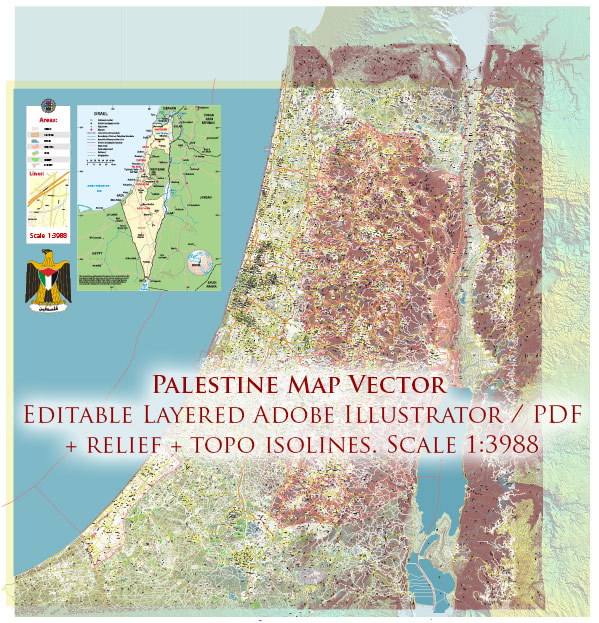The history of the creation of modern-day Palestine is a complex and contentious one, marked by centuries of regional and international influences, conflicts, and negotiations. The modern Palestinian state does not exist in the same way as many other nations, and its status remains a subject of debate. Here is a simplified overview of the key historical events leading to the situation in Palestine today:
- Ottoman Empire: Until the early 20th century, Palestine was part of the Ottoman Empire. The empire’s rule lasted for several centuries, and the region had a diverse population that included Arabs, Jews, and Christians.
- British Mandate: After World War I, the League of Nations granted Britain a mandate to govern Palestine, which lasted from 1920 to 1948. During this time, tensions between Jewish immigrants and the Arab population escalated due to competing nationalist movements.
- Balfour Declaration: In 1917, the British government issued the Balfour Declaration, which expressed support for the establishment of a “national home for the Jewish people” in Palestine. This declaration further intensified tensions between Jewish and Arab communities.
- United Nations Partition Plan: In 1947, the United Nations proposed a partition plan to divide Palestine into separate Jewish and Arab states, along with an international administration for Jerusalem. The plan was accepted by Jewish leaders but rejected by Arab leaders, leading to conflict.
- 1948 Arab-Israeli War (Nakba): Following the declaration of the State of Israel in May 1948, neighboring Arab countries intervened in support of the Palestinian Arabs, resulting in the first Arab-Israeli war. This war led to the displacement of hundreds of thousands of Palestinian Arabs, which they refer to as the Nakba, meaning “catastrophe.”
- Creation of Israel: In the aftermath of the war, Israel was established and recognized by many countries, while the Palestinian territories in the West Bank and Gaza Strip were occupied by Jordan and Egypt, respectively.
- Six-Day War (1967): In 1967, Israel fought a brief war against Egypt, Jordan, and Syria and occupied the West Bank, East Jerusalem, Gaza Strip, and the Golan Heights. This further complicated the situation.
- Oslo Accords: In the early 1990s, negotiations between the Palestine Liberation Organization (PLO) and Israel led to the Oslo Accords, which aimed to establish a framework for Palestinian self-governance in parts of the West Bank and Gaza Strip.
- Contemporary Conflict: The Israeli-Palestinian conflict continues to this day, marked by ongoing tensions, negotiations, violence, and efforts to find a resolution to issues such as borders, refugees, and the status of Jerusalem.
The situation in Palestine remains a subject of international concern and diplomacy, with various peace initiatives and proposals put forward to address the longstanding conflict between Israelis and Palestinians. The quest for a lasting and equitable solution continues to be a major challenge in the Middle East.


 Author: Kirill Shrayber, Ph.D.
Author: Kirill Shrayber, Ph.D.